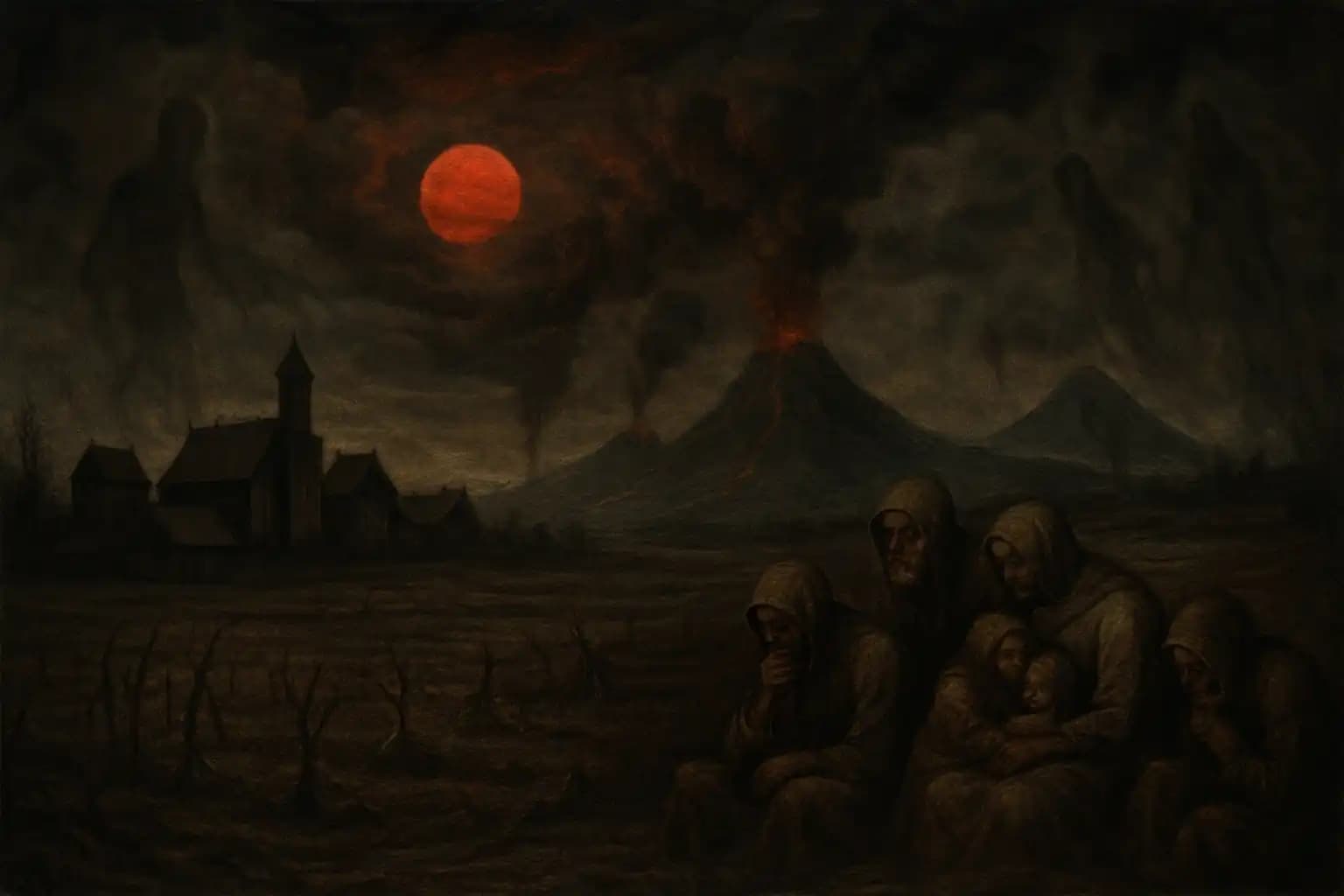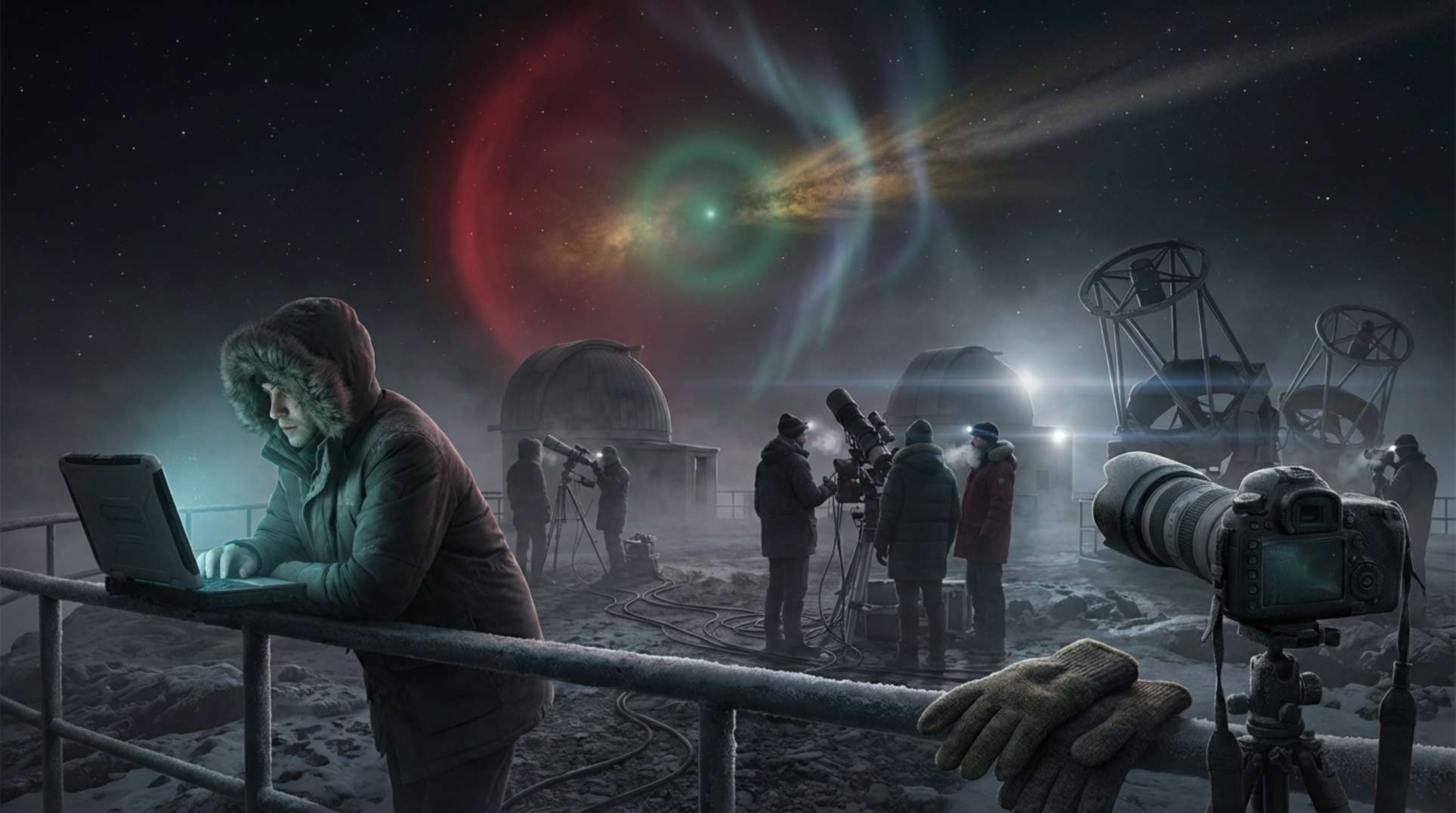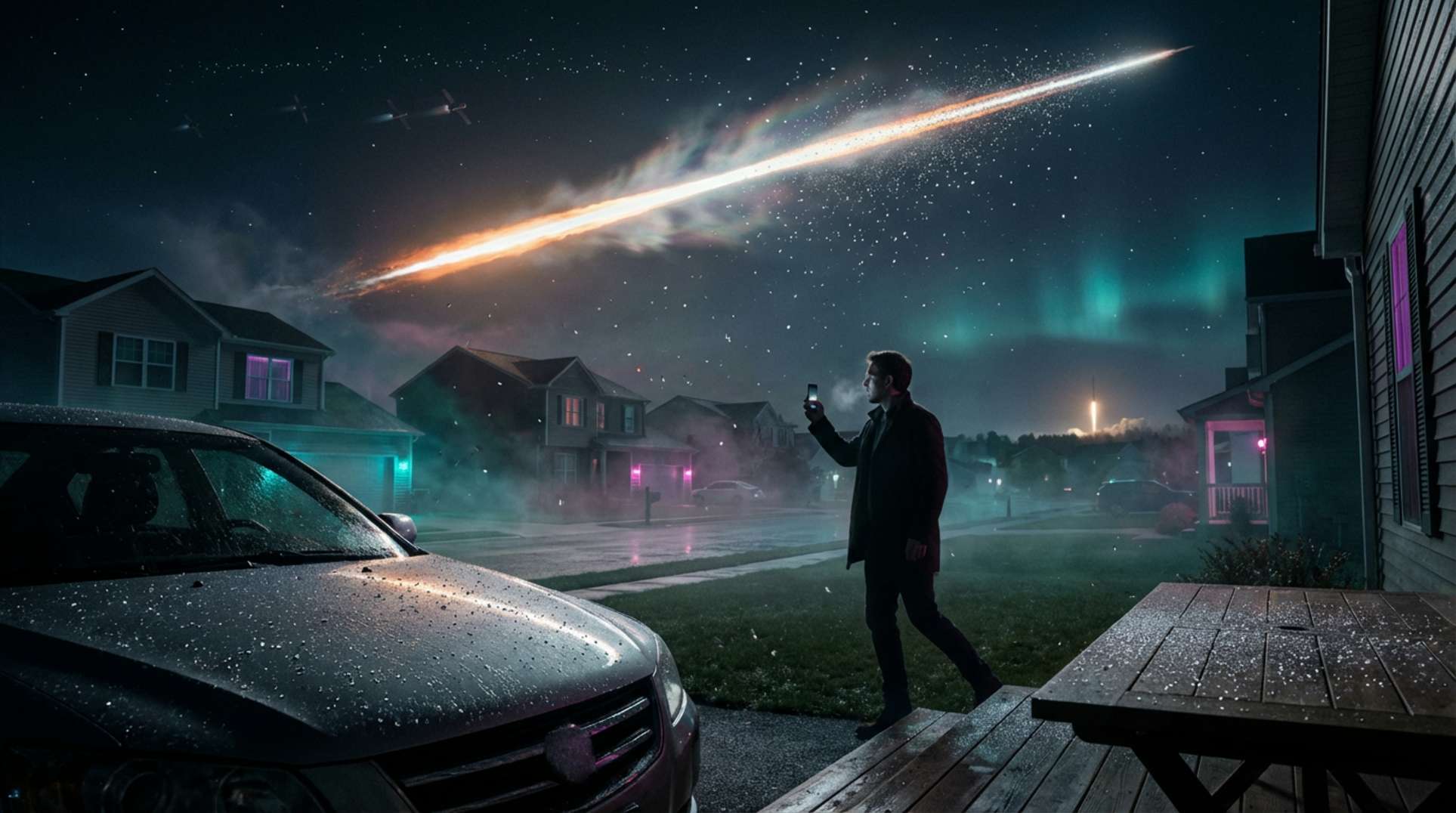It began like a bad science fiction script—one morning in 536 AD, daylight dimmed, and a ghostly twilight lingered for months. Then it grew worse. Crops withered. Temperatures plummeted. For two years, dust and darkness reigned, unleashing famine, disease, and chaos. Historians and scientists agree: 536 was the worst year to be alive (Science Magazine analysis). What turned the Sun black and hurled the world into catastrophe? Ice cores, tree rings, and written chronicles reveal a volcanic eruption so severe it reset the climate and reordered history itself.
Reports from China, Italy, and the Middle East describe a Sun that refused to shine, failed harvests, and pestilence that decimated populations. In the 21st century, physical data identified the villain. Core samples from Greenland and Antarctica, rich in volcanic sulfate, reveal an eruption—likely in Iceland or perhaps Alaska—that injected enough ash and sulfur dioxide into the stratosphere to block out the Sun. The process, known as volcanic winter, drastically reduces global temperatures following explosive eruptions that release SO₂ into the atmosphere, triggering snow, ice, and feedback loops that chill the world for years.
The Science of the 536 Catastrophe: How Volcanoes Change the World
To grasp the devastation of 536, consider the convergence of scientific fields decoding it. As detailed in this historical summary, ice cores show enormous sulfate spikes, while tree rings indicate stunted growth across the northern hemisphere. Geologists debate the culprit—some blame Icelandic volcanoes, while others consider eruptions from 535 or even a comet or asteroid. However, the scale of stratospheric aerosols, their global distribution, and two-year persistence align with a massive volcanic event. The Wikipedia entry on the Volcanic Winter of 536 notes that global cooling led to devastating crop failures, triggering a rolling crisis of starvation and migration across Asia and Europe.
This wasn’t the only instance when volcanic winters caused historical shifts—think of Tambora in 1815 or Krakatoa. However, 536 stands apart due to its length, severity, and the political and social collapse it triggered. Scientific reviews, as cited by Forbes, suggest the resulting cooling and snow may have lasted over 18 months, resulting in famine, disease outbreaks, and perpetual twilight so severe that Scandinavians buried hoards of gold in a desperate attempt to appease the gods—a detail echoed in multiple historical accounts.
History’s Dark Turning Point: Famine, Plague, and New Empires
Era records tell a grim story: skies clouded black, animals and humans starved, and disease swept across the land. The Byzantine historian Procopius described “a sign most fearful,” claiming the Sun gave “forth its light without brightness.” Archaeologists and climatologists link this event to massive population declines and the spread of the Justinian Plague, which dismantled what remained of the Roman world and paved the way for new powers. As noted in this report, post-eruption societies fell apart, transformed, or vanished—mirrored in the collapse of Mesoamerican polities, the struggles of European kingdoms, and a global crisis unmatched until recent centuries.
Such transformations, caused by sudden environmental shock, have driven countless human stories—lost societies, hidden empires, and cultural resets are now uncovered in analyses of mysterious tombs, like those featured in this exposé on ancient enigmas. Climate-driven collapses, from the decline of Tartaria’s legends (dive into the mythic east) to apocalyptic frameworks like modern science prophecies, showcase humanity’s need to explain sudden darkness as more than mere bad luck.
The Aftermath: From Volcanic Winter to Society’s Dawn
Ancient communities faced the long shadow of 536 with sacrifice, adaptation, and ultimately, innovation. Scandinavian elites buried gold hoards, while regions in China and across the steppe reimagined their political structures and trade. As documented in atmospheric science and fossil records, entire economies shifted east or south to escape failed harvests, and new belief systems sprouted in the ruins left by famine and fear.
Contemporary experts warn that electric grid fragility or cosmic risks, as discussed in space physicists’ warnings, could create similar global shocks today—through circuit fry rather than literal darkness. Even legendary tales of surviving pitch-black nights, like urban shadow legends, echo in the superstitions that guided people through the prolonged dusk.
Lessons from 536: Are We Ready for Another Dark Sun?
If there’s a lesson in the year the Sun went black, it’s that civilization teeters on a knife’s edge—often just one eruption or asteroid away from dramatic change. The events of the 6th century forced societies to rethink agriculture, culture, and faith. They remind us that natural disasters and human ingenuity intertwine in the cycle of progress and collapse.
With each new geological core and archaeological dig, science approaches a deeper understanding of the impact of 536—and how a single volcano could change history for centuries. For explorers, researchers, and doomsday enthusiasts, resources like Unexplained.co monitor for the next shadow that might fall. The crucial question remains: if our sky blackened tomorrow, would we fare any better than those who endured the world’s longest night?




